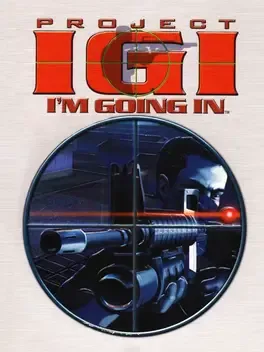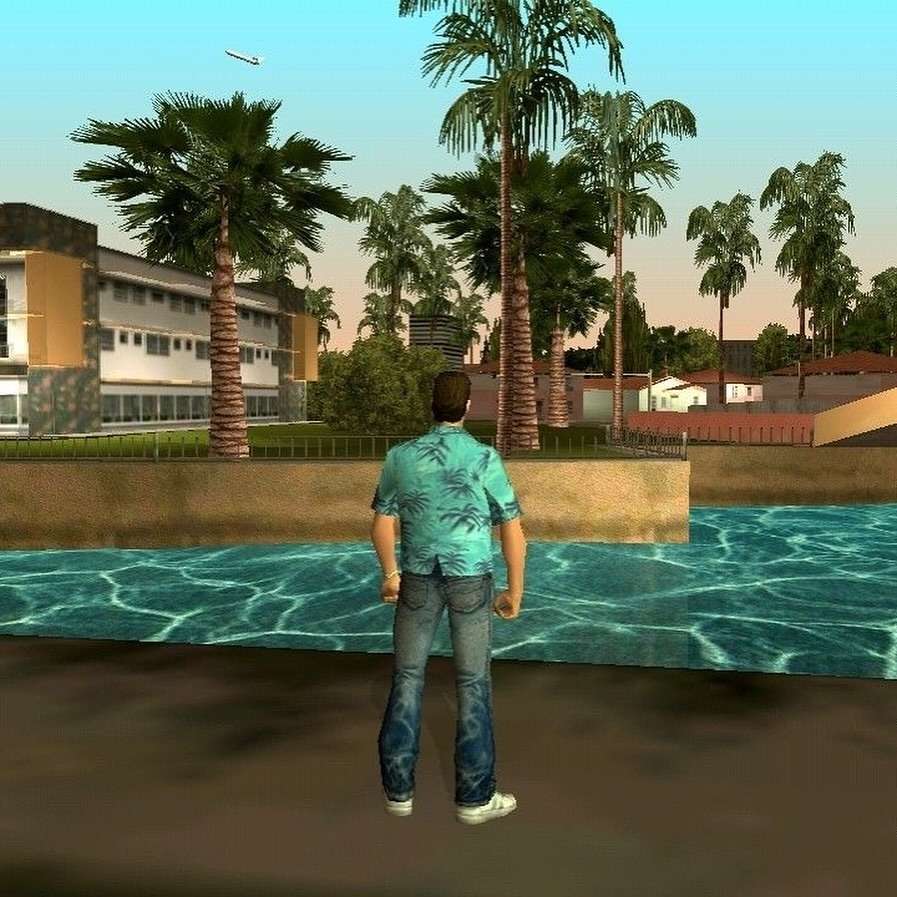Project I.G.I.: I'm Going In
15 Dec 2000
All releases
15 Dec 2000 - PC (Microsoft Windows)
16 Dec 2000 - PC (Microsoft Windows)
Tags
Time to beat
Main story
Main story + extras
100% completion
Project I.G.I.: I'm Going In (released in Europe as simply Project I.G.I.) is a tactical first-person shooter developed by Innerloop Studios and released on December 15, 2000 by Eidos Interactive. It is one of the first computer games to feature realistic weaponry and tactical combat situations. Pursue and defeat a homicidal ex-Russian Colonel before she turns Europe into a nuclear wasteland in Project IGI: I'm Going In. This first-person shooter emphasizes stealth and guile instead of massive firepower. Jones has to sneak into the toughest military installations in Eastern Europe, and once inside, use his skills in thievery, computer hacking, sabotage, and reconnaissance to stop the madwoman. The enemy's Artificial Intelligence will react to his every action and use military tactics to track his position. In order to counter its surveillance, bunkers, tanks, and gunships, Jones is equipped with NATO spy gear and assault weapons. If the odds get stacked too high against him, he can call in a napalm strike via his Map Computer. Upon release the game garnered mixed reviews due to a number of shortcomings, such as poorly programmed Artificial intelligence, lack of a mid-game save option, and the lack of multiplayer features. However it was praised for its superb sound design and graphics, thanks in part to its use of a proprietary game engine that was previously used in Innerloop's Joint Strike Fighter. It was followed up in 2003 by I.G.I.-2: Covert Strike.
The narrative is primarily told through in-engine cutscenes at the beginning or end of each mission, and they're visually stylish - their dramatic camera angles and lighting effects approach film quality at times, though the flat dialogue amongst the characters can be tedious. The tone of the missions tends to be realistic: While David Jones is a skilled agent, he's just one man - not a one-man army. As such, he'll need to do a lot of creeping through the shadows, sneaking around security cameras, hacking computers to deactivate surveillance systems, and using binoculars to scout the area.




















